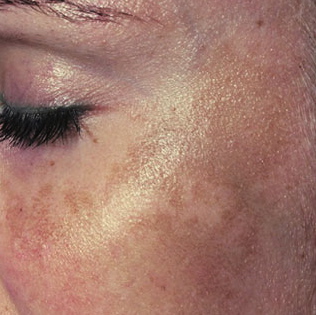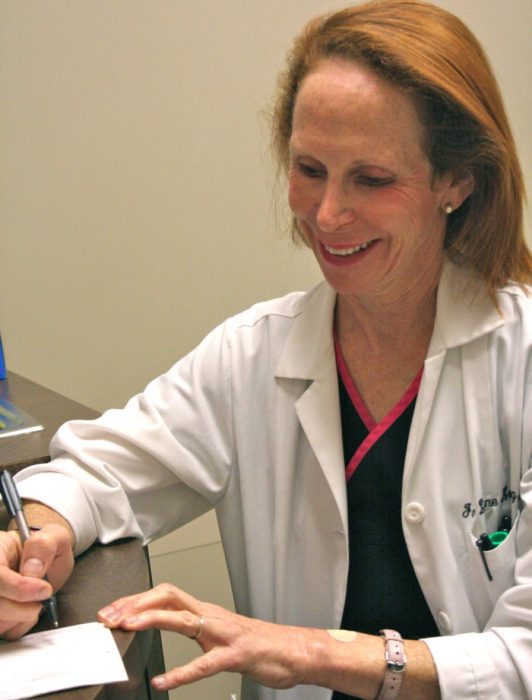How To Safely Remove Callouses: A Doctor’s Advice
If you want to know how to safely remove callouses, here is a doctor’s advice that might save you from doing more damage than good.
It is extremely important to know how to safely remove callouses, and a doctor’s advice can prevent injury or risk of unforseen problems. Not all things that look like a callous actually ARE callouses; furthermore, all callouses do not need to be removed.
I decided to seek callous advice from my friend Dr. Jo Herzog when my daughter developed a callous on her foot.We decided to pose a question about it to Dr. Jo to then share on Family Savvy for others to benefit from as well. Jud’s question and Jo’s answer are below.
QUESTION:
Hi Dr. Jo!
I have a hard place on the bottom of my foot that has gotten worse over the last few weeks since I began playing tennis after a long break. My mom said that it is a callous. How can I get rid of it?
Thank you so much! Jud
Dr. Jo Herzog
 Hi there, Jud. Believe it or not, I can feel your pain. I grew up always wanting soft, pretty feet, because I knew that mine were the ugliest ever. After spending the younger half of my life dancing, I had feet and toes covered with thick, calloused areas. However, at the time, I wouldn’t have traded them for anything, not even pretty feet. Why? They were part of my toolbox, so to speak. Although callouses are not pretty, they are sometimes useful. For this reason, we need to know when to get rid of them and when to let them work in our favor.
Hi there, Jud. Believe it or not, I can feel your pain. I grew up always wanting soft, pretty feet, because I knew that mine were the ugliest ever. After spending the younger half of my life dancing, I had feet and toes covered with thick, calloused areas. However, at the time, I wouldn’t have traded them for anything, not even pretty feet. Why? They were part of my toolbox, so to speak. Although callouses are not pretty, they are sometimes useful. For this reason, we need to know when to get rid of them and when to let them work in our favor.
When I danced barefoot, I developed some lovely thick patches on the balls of my feet and on some of my toes. Before the callouses developed, I had blisters in those areas. After my feet got “tough,” I could dance and turn as if I had shoes on. SO, those callouses were actually my friends. They were there for a purpose, and I wanted to keep them. Similarly, it is important to ask yourself if your callouses might be better left alone to help prevent blisters in areas that receive constant friction.
As I have gotten older and stopped dancing, I can remove my foot and toe callouses without consequence. Still, I have some useful weight lifting patches on my hands that I choose to keep (even thought my husband of 25 years occasionally complains about them when we hold hands). Since some callouses are useful, Jud, you might want to think twice before removing them unless they are uncomfortable.
Callouses form from friction and rubbing of an area of skin where there is constant trauma. This can be from a poorly fitting shoe or from using that body part in a way that causes trauma to the skin in any activity, including a sport. When callouses form from a tight shoe or an activity that we can change to prevent them, we would rather prevent them than have to treat them.
When callouses are not uncomfortable and are actually protecting an area by making it more resistant to friction and blistering, you might want to leave them alone. However, if they are uncomfortable or unsightly, you can safely work on them at home, with a few cautions.
First, if you do not know whether you have a callous or a wart, do not rub this stone from place to place, as you can spread a wart. Second, do not “work on” your own callouses if you are diabetic. In this case, let a professional guide you in treating or removing.
Small thin callouses can be removed by using a pumice stone after a good long or bath. Salicylic acid can be bought over the counter and can help to soften a callous and make it easier to remove. It comes in the form of a plaster or in a liquid form. Do not overuse the pumice stone, or you will remove normal skin. Keeping areas well moisturized after removal will help keep them softer and smoother. Moisturizers containing lactic acid (Am Lactin or Lac Hydrin) can be helpful.
To reiterate, if you are unsure of whether you have a callous or not, or if you have diabetes or any problems with your immune system, you should seek the advice of your physician. If you have callouses that you can not easily treat or that continue to bother you, let someone with expertise take charge. Some callouses need to be seen by your doctor.
Hope this helps!
Dr. Jo
 Note from Jamie: I have found a product that works better (for me) than a pumic stone to minimize callouses and rough patches on feet~The Amope Pedi Perfect Foot File. I did a product review of this foot file that you can read here.
Note from Jamie: I have found a product that works better (for me) than a pumic stone to minimize callouses and rough patches on feet~The Amope Pedi Perfect Foot File. I did a product review of this foot file that you can read here.







Hi Normand! I am so happy that you like the blog and that the information was helpful to you!!! I am blessed to have Dr. Herzog as a savvy contributor!!!!
My brother suggested I might like this blog. He was once totally right.
This publish truly made my day. You cann’t imagine just how so much time I had spent for
this information! Thanks!
Awww thank you for the kind words, Tania! They made my day!!!!! XoXo
Good blog you’ve got here.. It’s hard to find quality writing like
yours nowadays. I honestly appreciate individuals like you!
Take care!!
Hope you find something that works!
Excellent article. I’m experiencing some of these issues as well..